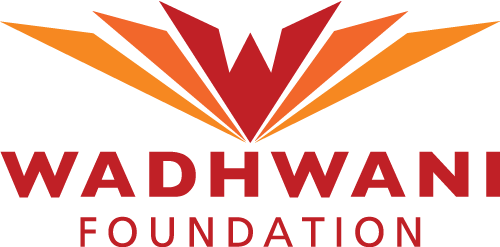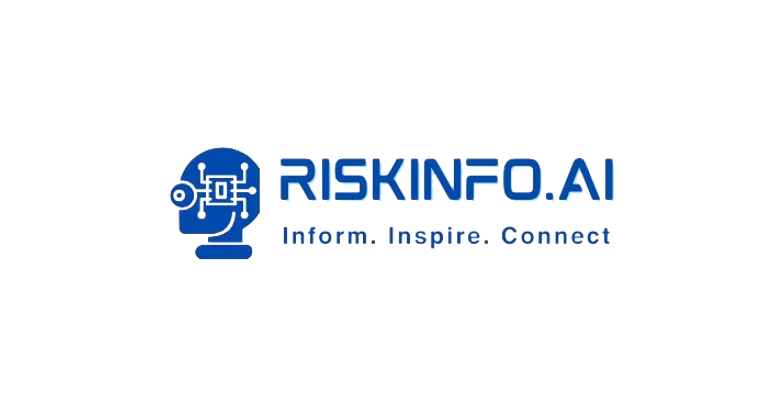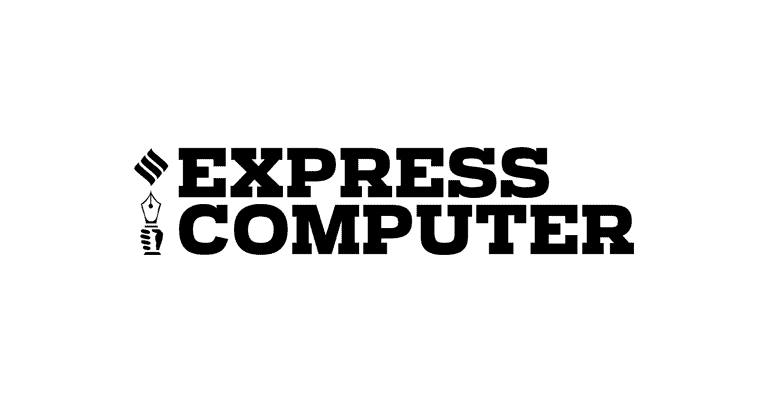Oleh Prakash Kumar
Imagine stepping out for a much-needed walk after an exhausting day. Enroute, you notice a few overflowing dustbins outside a bus stop. The trend continues as you venture inside the park. After a few rounds, you decide to visit a public washroom and hold your breath like never before. Indian public spaces face a chronic problem of mismanagement of waste and dysfunctional utilities. People often resort to harmful measures like not drinking water or holding nature’s call.
With thousands of public toilets in cities, municipalities are confronted with inadequate monitoring capacity. This is where devices powered by the Internet of Things (IoT) can help. IoT is an ecosystem of physical objects that can communicate with each other- like smart dustbins with sensors that generate and transmit data on which a central system takes decision to send the garbage pickup truck or penalise the vendor for not deploying the truck in time etc.
Similarly, IoT sensors can detect smell, footfall in public spaces, cleanliness of a place (toilet premises) or an object. A smart toilet equipped with such sensors shares its data with a central cloud-based platform. This cloud-based platform allows civic authorities to monitor toilet conditions to ensure cleanliness. It can alert sanitation workers, too, via text messages or voice calls. In other words, it can help civic authorities in ensuring contractors maintain the service level agreements as payment to them could be linked with level of cleanliness. These real-time alerts make it possible to scan public utilities remotely – eliminating the need for physical monitoring.
There is another reason that across the world, cities are investing in smart toilets. IoT and machine learning (ML) embedded toilets can bring a paradigm shift in a city’s public health infrastructure and its ability to take precautionary or preventive steps. IoT and ML-based devices are empowering authorities to make data-driven decisions about public health, disease prevalence or predict disease outbreak in their city. Sensors kept in sewers take data which is analysed to predict onset of certain diseases. During covid, scientists were able to predict outbreak days in advance by analysing the data collected from sewers.
The IoT sensors can also be used to provide advice to individuals. Sensors inside the toilet bowl or urinals can screen urine for early warning signs of disease. Today sensors detect the presence of extra sugar and glucose, markers to detect diabetes etc. With ML coming into the picture, smart toilets can infer when a person’s health indicators are off or if the person has symptoms of a disease. This data is then available on the cloud and beamed to the person availing the restroom through an app, if he or she desires. Authorities can use aggregate data to gauge health of residents and devise suitable remedial policies.
A key emerging challenge for cities is preserving the area’s natural water bodies. Many Indian cities, even those receiving high annual rainfall, face an acute water shortage due to rapid urbanisation and unregulated water pollution of lakes due to sewage and solid waste discharge, agricultural and industrial run-off, and accumulated silt. According to a World Wide Fund for Nature (WWF) report, 30 Indian cities will be vulnerable to a ‘grave water risk’ by 2050 due to population upsurges and the climate crisis.
One way to mitigate this is through rejuvenating wetlands and water bodies.Technology can mitigate water contamination in two ways: water quality monitoring and using water-quality observations to devise suitable remedies.
Conservationists partner with tech firms that can leverage IoT and ML devices to protect lakes. They install wireless sensor networks over a large area to monitor the water body’s health parameters like chlorophyll, dissolved oxygen concentration, and nitrate in real-time. Another way to analyse water health would be to assess its habitability for water species. Biosensors detect abnormal changes in aquatic animals’ behaviour to forecast pollution. The data goes to a central cloud platform that allows experts to assess water quality and devise an appropriate treatment.
Technology holds great promise for enhancing public satisfaction with urban environments. It can make cities healthier, more sustainable, and inclusive for all residents.
Baca artikelnya di sini: Deccan Herald




